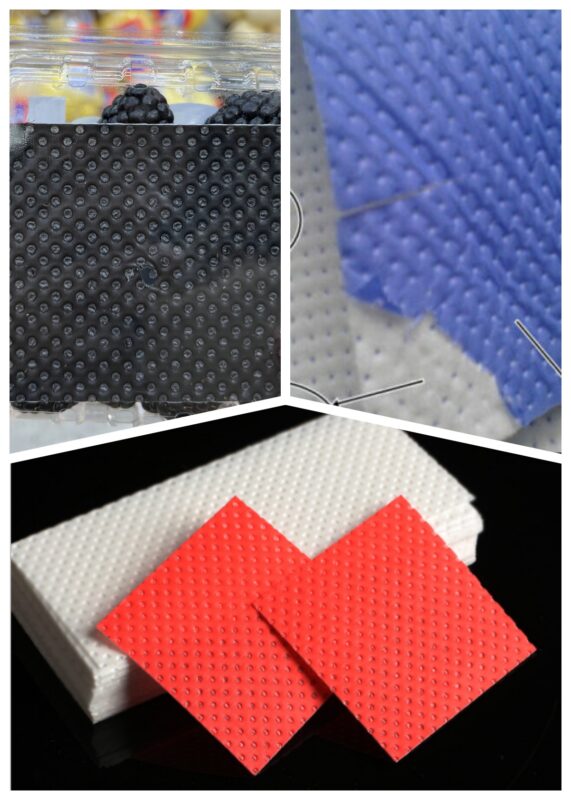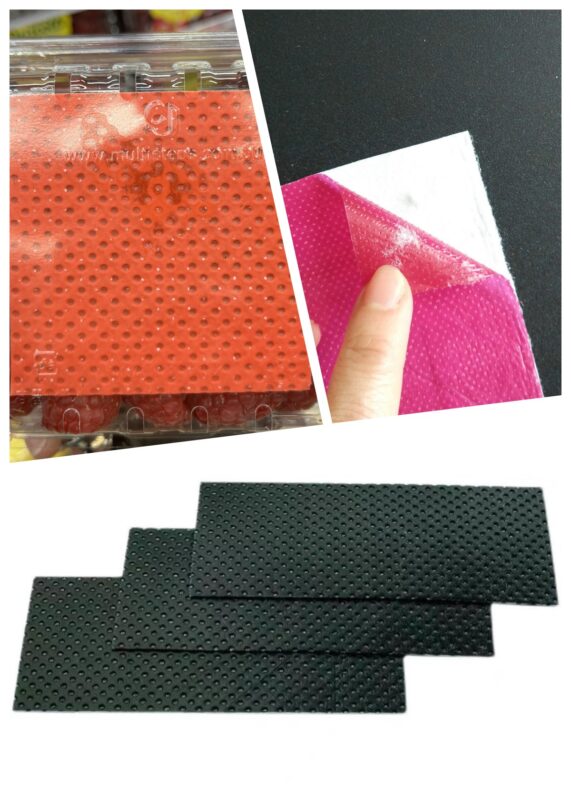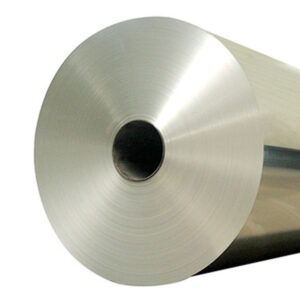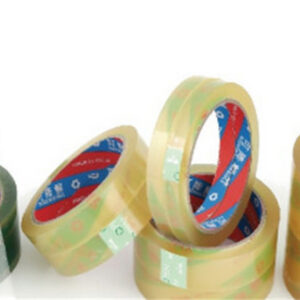Introduction of Fruit Packing Pads:
Preservation and quality of fresh food are essential concerns in our daily lives. In the food industry, Fruit Packing Pads play a crucial role as functional packaging materials. They absorb moisture, maintain freshness and appearance, reduce spoilage risk, and provide a reliable food supply chain solution.
This article delves into an innovative absorbent pad, which combines polyethylene and wood pulp paper. Do hope we can provide a comprehensive understanding of this innovative product. We will first introduce the basic functions and importance of the absorbent pads, then explore the characteristics and advantages of polyethylene and wood-pulp paper, and finally evaluate the application prospects of this innovative absorbent pad in the fresh food industry.
Part 1: Basic Functions and Importance of Fruit Packing Pads
Fruit Packing Pads preserve and transport fruits, vegetables, meat, and other fresh products effectively. Their main role is to absorb surface moisture, prevent bacterial growth, and maintain food freshness and quality.
The importance of these absorbent pads in the fresh food industry is undeniable. Firstly, for high-moisture content foods like fruits and vegetables, the pads effectively control surface humidity, reducing the likelihood of rot and spoilage, and extending shelf life. Secondly, for foods prone to liquid release, like meat, the pads absorb surface juices, preserving the food’s original appearance and texture, and enhancing product display and sales value. Moreover, the absorbent pads can reduce oxygen concentration inside the packaging, slowing down food oxidation and extending shelf life.
Part 2: Characteristics and Advantages of Polyethylene and Wood-pulp Paper
1. Polyethylene:
Polyethylene is a common plastic material with excellent physical properties and chemical stability. Its main characteristics include high strength, wear resistance, water resistance, and resistance to chemical corrosion. Polyethylene has good flexibility and moldability, making it widely used in the packaging industry. For fresh food absorbent pads, polyethylene serves as a reliable waterproof layer, preventing food juices from seeping into the packaging while protecting the dust-free paper layer from external moisture.
2. Wood-pulp Paper:
Wood-pulp paper is a high-quality paper material used for packaging, protection, and isolation of products. It features a smooth surface, the absence of dust and impurities, and possesses a certain water absorption capacity. Due to its low dust content and high purity, wood-pulp paper finds wide applications in industries with stringent requirements for product quality and hygiene, such as food and pharmaceuticals. Woodpulp paper maintains food dryness and cleanliness, serving as a food-contact layer in absorbent pads.
Polyethylene and dust-free paper combination maximize fresh food absorbent pad advantages. Polyethylene, as a waterproof layer, shields the dust-free paper from food juice infiltration, while the dust-free paper, as a food-contact layer, ensures food dryness and cleanliness, enhancing the functionality and practicality of the absorbent pads.
Part 3: Application Prospects of Innovative Fruit Packing Pads
The innovative absorbent pad, featuring a combination of polyethylene and wood-pulp paper, offers promising application prospects in the fresh food industry. Its main advantages include:
1. Improved food preservation:
The innovative absorbent pad more effectively absorbs surface moisture and liquids from food, preventing bacterial growth and spoilage, thereby extending shelf life and increasing sales and consumer value.
2. Enhanced food quality:
The combination of polyethylene and wood-pulp paper endows the absorbent pad with good water absorption and waterproof properties, maintaining food surface dryness and cleanliness, and ultimately enhancing food quality and taste. For high-moisture content foods like fruits and vegetables, the absorbent pad effectively controls moisture loss, maintaining freshness and sweetness. The pad absorbs juices from the fruit and moisture-releasing foods, maintaining the appearance and increasing product appeal.
3. Promoting packaging hygiene and safety:
Woodpulp paper ensures the pad remains free from dust and impurities, ensuring food safety. Additionally, the smooth surface of dust-free paper reduces bacterial growth inside the packaging, lowering the risk of cross-contamination and improving food safety.
4. Enhancing product display and sales value:
The absorbent pad not only extends the shelf life of food but also enhances its appearance. Dry food surfaces enhance the freshness of fruits and vegetables, and the succulence of meat, boosting display and sales in supermarkets.
5. Environmentally friendly and sustainable development:
Polyethylene is a recyclable plastic material, while wood-pulp paper is biodegradable. The innovative absorbent pads enable efficient resource recycling and reuse, minimizing environmental impact and supporting sustainable development principles.
Conclusion of Fruit Packing Pads:
The innovative absorbent pad, with polyethylene and wood-pulp paper, brings advantages and prospects to the fresh fruit. Its effective preservation of fruits, maintenance of dryness and cleanliness, enhancement of fruit quality and taste, promotion of packaging hygiene and safety, and environmental sustainability make it a valuable addition to the fruit supply chain.
As technology and materials continue to advance, future Fruit Packing Pads may see further innovations and improvements to meet evolving market demands and satisfy consumers’ expectations for high-quality products. We anticipate innovative materials and tech for preserving freshness and enhancing food quality, providing healthier dining options. Moreover, We expect a stronger focus on eco-friendly practices in absorbent pad design, reducing waste and promoting sustainable development in the food industry.















